comitēs
One of the most exciting aspects of our work on Amarantus is the support of our extensive — and ever growing — team which brings together scholars, artists and teachers in a unique co-creative process. We are grateful for the expertise and energy all of them bring. Here we introduce a handful of our key comites.
Do keep checking back for updates as we add profiles of other key people to these pages.
sapientēs
Dr. Sophie Hay
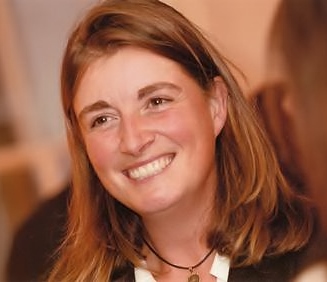 Dr Sophie Hay is an archaeologist and worked on the Insula I.9 Pompeii Project for the British School at Rome in collaboration with The University of Reading. She is currently working at the University of Cambridge as a Post-doctoral Research Associate on a Pompeii project ― The Bar of Amarantus and his Neighbours ― that focuses on the publication of the excavations of the Insula I.9 Project. She was awarded a doctorate from the University of Southampton based on the results of her fieldwork in Pompeii; designing and implementing a system to record standing buildings. This then formed the basis for the chronological analysis of a block of houses with a view to understanding the development of a group of non-elite houses through time. She has project managed over one hundred geophysical surveys and has worked on a vast number of archaeological sites in Italy as well as further afield in Sudan, Libya, Turkey and Tunisia.
Dr Sophie Hay is an archaeologist and worked on the Insula I.9 Pompeii Project for the British School at Rome in collaboration with The University of Reading. She is currently working at the University of Cambridge as a Post-doctoral Research Associate on a Pompeii project ― The Bar of Amarantus and his Neighbours ― that focuses on the publication of the excavations of the Insula I.9 Project. She was awarded a doctorate from the University of Southampton based on the results of her fieldwork in Pompeii; designing and implementing a system to record standing buildings. This then formed the basis for the chronological analysis of a block of houses with a view to understanding the development of a group of non-elite houses through time. She has project managed over one hundred geophysical surveys and has worked on a vast number of archaeological sites in Italy as well as further afield in Sudan, Libya, Turkey and Tunisia.
For Sophie, watching the individuals she has studied for so long coming to life for this project has been an incredible experience, and she cannot wait to share her work and passion for Pompeii with students and teachers.
Professor Andrew Wallace-Hadrill
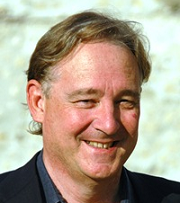 Professor Andrew Wallace-Hadrill is Professor of Roman Studies and Director of Research for the Faculty of Classics, University of Cambridge. A former Director of the British School at Rome, he works on Herculaneum, Pompeii, Roman urbanism, public and private space, and Roman cultural identity. In 2013, to accompany the opening of the British Museum exhibition Life and death in Pompeii and Herculaneum, Andrew presented the BBC documentary The Other Pompeii: Life and Death in Herculaneum. Andrew directs the Herculaneum Conservation Project and has been outspoken about the need to preserve the astonishing sites of Pompeii and Herculaneum in order to enable us to explore and learn from them for years to come.
Professor Andrew Wallace-Hadrill is Professor of Roman Studies and Director of Research for the Faculty of Classics, University of Cambridge. A former Director of the British School at Rome, he works on Herculaneum, Pompeii, Roman urbanism, public and private space, and Roman cultural identity. In 2013, to accompany the opening of the British Museum exhibition Life and death in Pompeii and Herculaneum, Andrew presented the BBC documentary The Other Pompeii: Life and Death in Herculaneum. Andrew directs the Herculaneum Conservation Project and has been outspoken about the need to preserve the astonishing sites of Pompeii and Herculaneum in order to enable us to explore and learn from them for years to come.
Olivia Elder
Olivia is an ancient historian with interests in bilingualism, Roman identity, inscriptions and graffiti. She currently holds a CRASSH/British School at Rome Research Fellowship at the University of Cambridge, having recently submitted her PhD in the Faculty of Classics at Cambridge. Her thesis examined the relationship between language and Roman identity, focusing on instances of bilingualism. The Greek and bilingual graffiti of Pompeii formed one of her central case studies. Prior to her PhD, Olivia completed a BA in Ancient and Modern History and an MSt in Roman History at the University of Oxford. Her first book, co-authored with Alex Mullen, The language of Roman letters: bilingual epistolography from Cicero to Fronto, is forthcoming with Cambridge University Press. Having herself learnt Latin with Caecilius, Olivia is very excited to be working with the Cambridge Schools Classics Project and helping students discover the evidence of Pompeii (especially the graffiti!)
artificēs
Caroline Lawrence
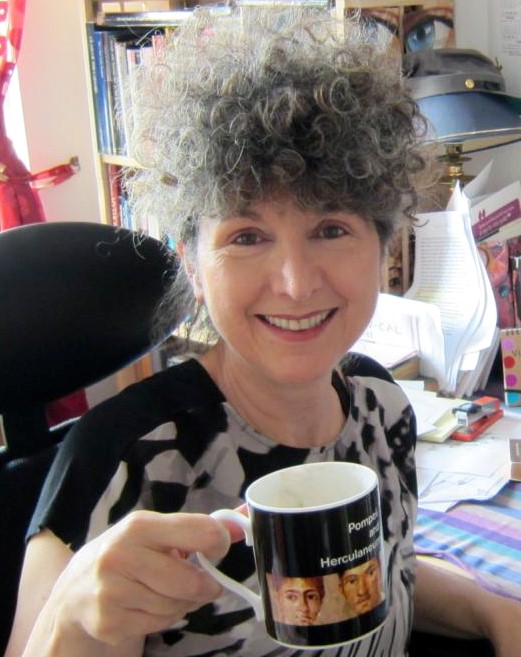 Children’s author Caroline Lawrence read Classics at UC Berkeley & Newnham College Cambridge and also studied Hebrew & Jewish Studies at University College, London. She is best known for her million-selling series of historical novels for children, The Roman Mysteries. In 2007 & 2008, the BBC made a glossy children's TV series based on these books. In 2009, Caroline won the Classical Association Prize for "a significant contribution to the public understanding of Classics". Passionate about Latin and the world of ancient Rome, she is thrilled to be in a ‘writer’s room’ full of historians, archaeologists and creative trailblazers working on a new addition to the beloved universe of Caecilius.
Children’s author Caroline Lawrence read Classics at UC Berkeley & Newnham College Cambridge and also studied Hebrew & Jewish Studies at University College, London. She is best known for her million-selling series of historical novels for children, The Roman Mysteries. In 2007 & 2008, the BBC made a glossy children's TV series based on these books. In 2009, Caroline won the Classical Association Prize for "a significant contribution to the public understanding of Classics". Passionate about Latin and the world of ancient Rome, she is thrilled to be in a ‘writer’s room’ full of historians, archaeologists and creative trailblazers working on a new addition to the beloved universe of Caecilius.
Laura Jenkinson-Brown
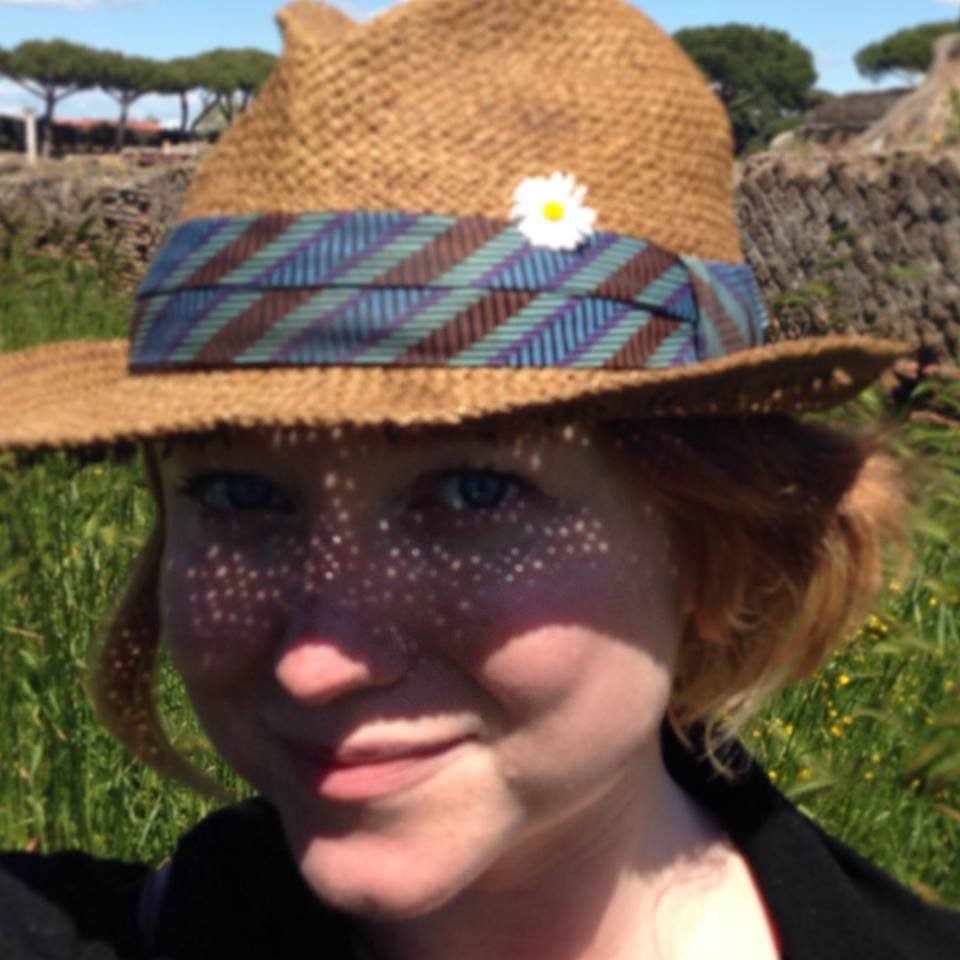
Teacher and illustrator Laura Jenkinson-Brown — having been brought up in the museums of London — read English Studies and Classics at Durham University before completing her PGCE in English teaching and becoming an English and Classics teacher, with a stint as a bookseller along the way. She is now best known for Greek Myth Comix where she creates comic versions of the Greek and Roman myths and epics to educate and inspire; including comic revision guides for the Odyssey and the Life of Heracles, and an infographic on Deaths in the Iliad, all of which are used in classrooms and lecture theaters around the world. She is ecstatic to be part of such an exciting team and privileged to be adding to the Caecilius extended universe.
Gareth Blayney
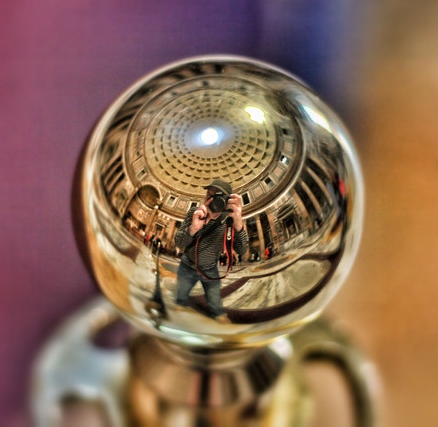 Gareth is a motion designer and illustrator whose work has been used in a wide variety of projects, including book covers for popular classics author Tom Holland. Working with Dr Sophie Hay he created incredible, vibrant reconstructions of the bar of Amarantus and neighbouring buildings which he has kindly agreed can be used in this project to help inspire fascination and curiosity regarding the Ancient World in future generations.
Gareth is a motion designer and illustrator whose work has been used in a wide variety of projects, including book covers for popular classics author Tom Holland. Working with Dr Sophie Hay he created incredible, vibrant reconstructions of the bar of Amarantus and neighbouring buildings which he has kindly agreed can be used in this project to help inspire fascination and curiosity regarding the Ancient World in future generations.
magistrī
The Cambridge School Classics Project has a long history of collaborating with teachers and education professionals to produce practical and well thought out resources which lead to success in classrooms around the world. The Amarantus project is supported and shaped by a large group of such collaborators. Each brings a wealth of experience and knowledge to this project and it is our privilege to work with them.

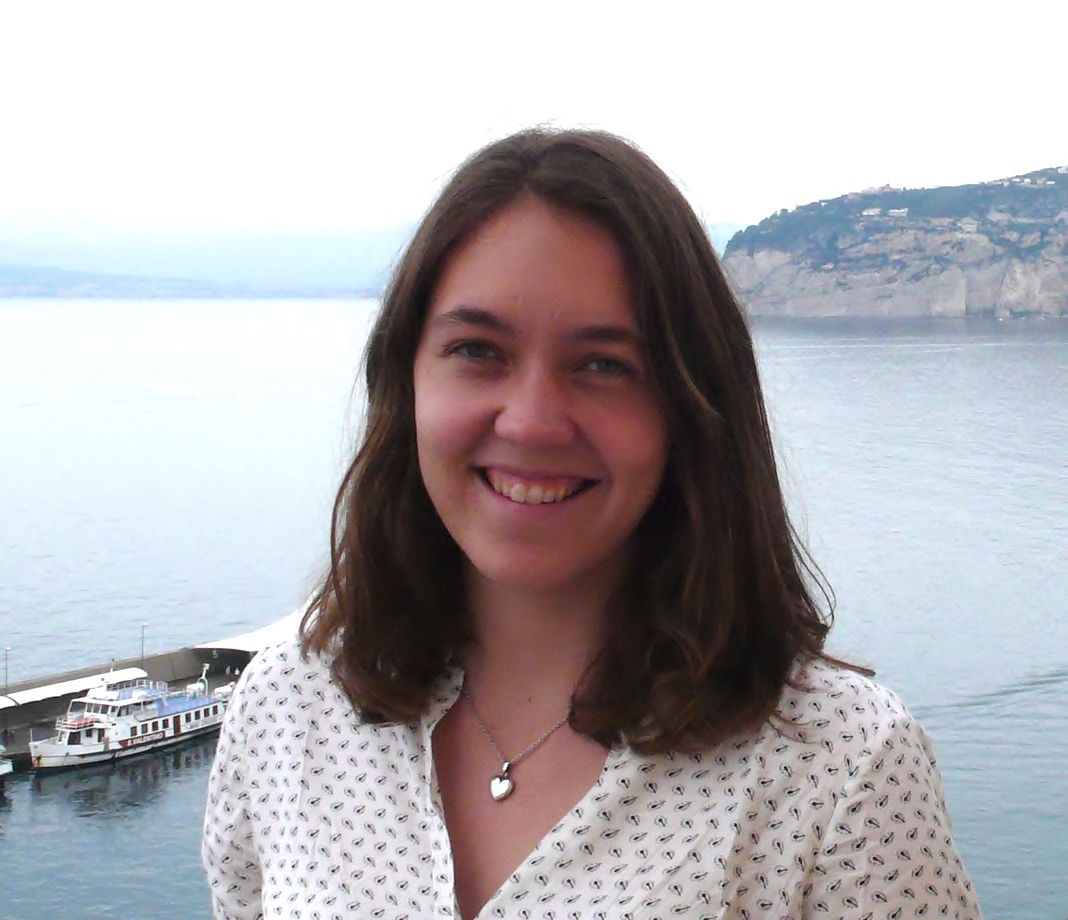

 CSCP on Twitter
CSCP on Twitter